EMERGING BRANDS – CONSUMER PACKAGED GOODS
Leverage omnichannel insights to tell your consumer’s story.
Emerging brands need to know the shopper influencers, behaviors, and opinions — in detail — in order to fully understand penetration and steal share. Discover what you don’t know with more households, trips, and channels.
Emerging CPG brands deserve enterprise insights.
With comprehensive insights on verified buyers and a consultative partner to guide you through those insights, what could you do with a more complete view?
One-stop Omnichannel View
Capture purchases across all channels — from C-Store to Big Box to eCommerce.
Extension of Your Team
Work with your Numerator consultant to quickly answer business questions.
Who is Your Brand's Shopper
Analyze shoppers based on their demographics, psychographics, media consumption habits and purchase behavior.
Request A Demo
More Channels
See behavior across all retail channels: from Club to Dollar to Instacart.
More Insights
With 1 billion+ shopping trips captured, get more insights on your brand.
More Growth
Get more shelf space with key retailers.
Thank you!
A member of our team will get back to you within 24 hours. In the meantime, explore our content to get a pulse on the latest consumer and shopper insights trends.
Disruptive brands growing with Numerator.
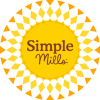
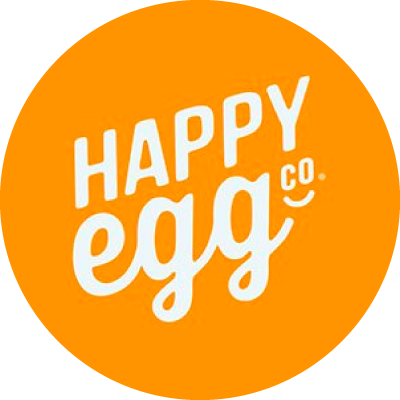
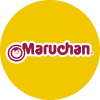
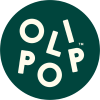
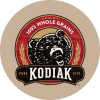
Numerator's OmniPanel by the numbers.
Omnichannel insights for more growth.
BevAlc & Beverage
Gain an omnichannel view of what consumers are drinking both on- and off-premise, including liquor, kombucha and craft beer.
Food & Restaurants
Understand the omnichannel food marketplace and gain insight into private label, QSR, and non-traditional channels.
Health & Beauty
Discover what consumers are putting on and in their bodies, where they’re buying, and how they’re influenced by media consumption and online disruption.

CASE STUDY
Rise Brewing Company
Learn how RISE Brewing partnered with Numerator Insights to show the value of their brand, their loyal consumers, and why they deserved to be on the shelf.
Stay in the know.

ARTICLE
Step-by-Step CPG Category Placement Strategy for Emerging Brands

ARTICLE
2024 Beauty Industry Trends: Gen Z, Skincare, & More
Numerator shares the key beauty consumer trends that propelled the industry to record highs and what trends expect in the future for the beauty industry.

INSIGHTS HUB
Generations Hub
Numerator’s Generations Hub provides generational insight on Gen Z, Millennials, Gen X and Boomers shopping trends, the size of each group, and how consumer behavior changes across them.
